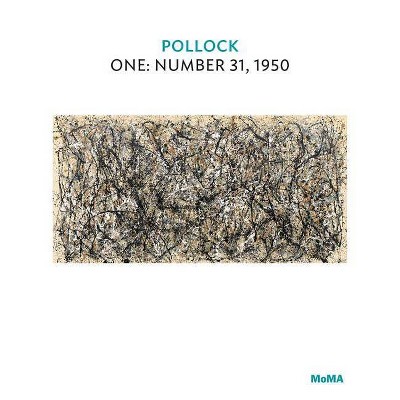Pollock One: Number 31, 1950 - (Paperback)

Similar Products
Products of same category from the store
AllProduct info
<p/><br></br><p><b> Book Synopsis </b></p></br></br>In the late 1940s, Jackson Pollock (1912-1956), now recognized as one of the most important Abstract Expressionist artists, began experimenting with a new method of painting that involved dripping, flinging and pouring paint onto a canvas laid flat directly on the floor. This process engaged his entire body, and the resulting images were an index of the antic dancing energy he expended to create these works. "One: Number 31" (1950), among the handful of very large paintings he produced by this method, is a virtuoso showcase of his mastery of materials and technique. A lively essay by former museum curator Charles Stuckey offers an in-depth exploration of the painting, one of many groundbreaking works by Pollock in MoMA's collection.
Price History
Price Archive shows prices from various stores, lets you see history and find the cheapest. There is no actual sale on the website. For all support, inquiry and suggestion messages communication@pricearchive.us




















